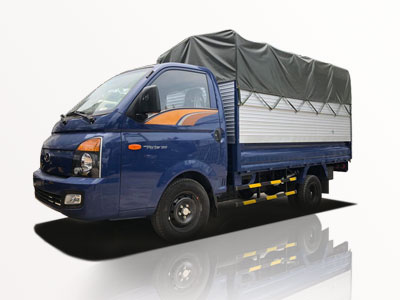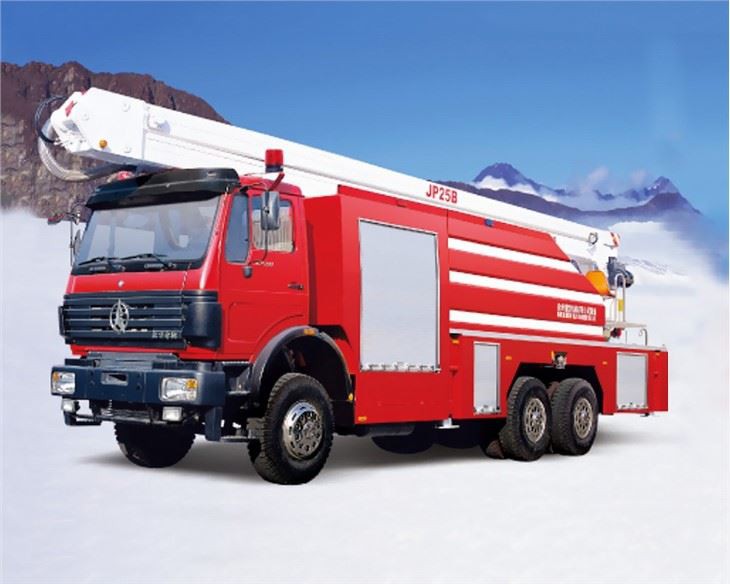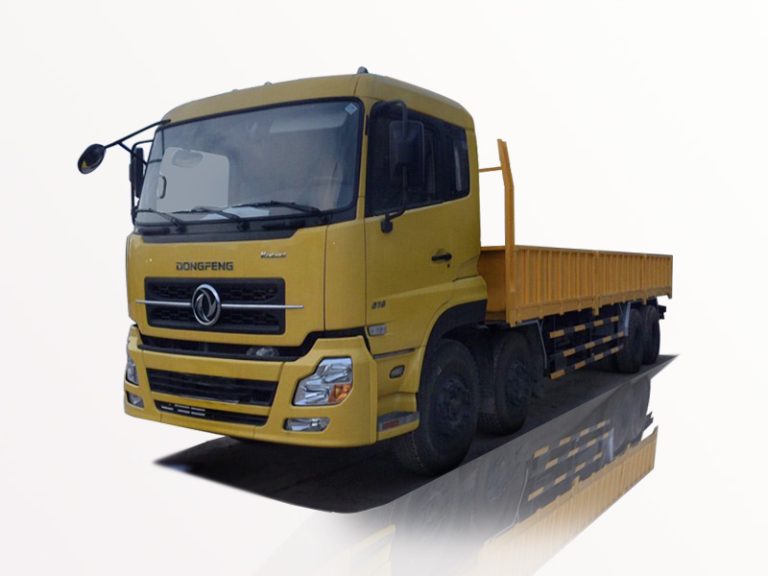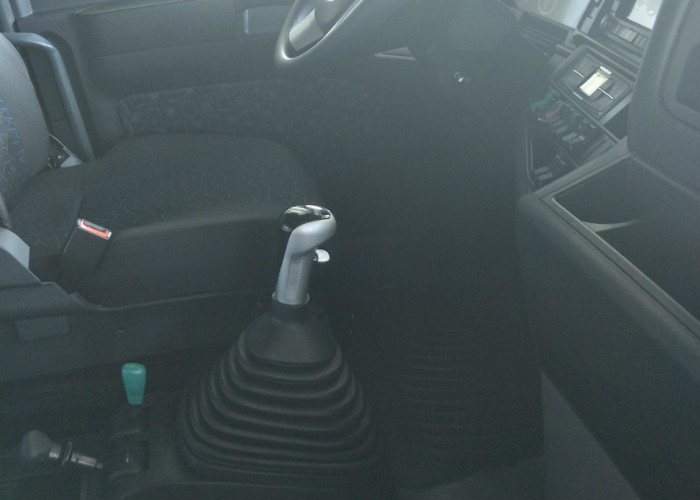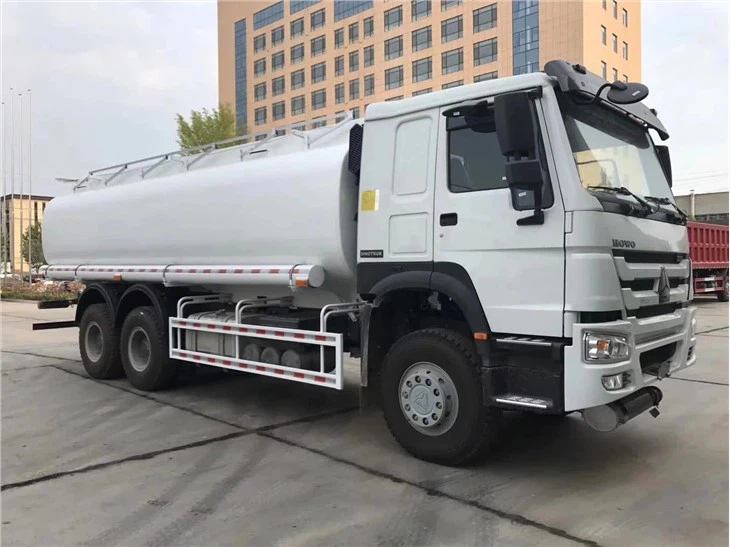Introduction
A cherry picker, also known as a boom lift, is a versatile piece of equipment commonly used in various industries for elevating workers and equipment to hard-to-reach areas. Whether you’re in construction, maintenance, or even film production, understanding what a cherry picker is and how to use it safely can significantly enhance work efficiency. This article dives into the details of cherry pickers, their types, applications, safety measures, and much more.
What is a Cherry Picker?
A cherry picker is an aerial work platform that consists of a platform or bucket at the end of a hydraulic arm. This device provides a safe and efficient way to access heights, allowing operators to perform tasks such as repairs, installations, and inspections safely.
Types of Cherry Pickers
1. Telescopic Boom Lifts
Telescopic boom lifts have extendable arms that can reach significant heights while offering a horizontal outreach. They are perfect for outdoor construction and maintenance tasks.
2. Articulating Boom Lifts
Articulating boom lifts feature arms that can bend and maneuver around obstacles. These are ideal for narrow spaces and complex jobs, providing versatility in various environments.
3. Scissor Lifts
While not technically cherry pickers, scissor lifts are commonly grouped with them. They provide vertical lifting capabilities and are often used where a stable platform is necessary.
Common Uses of Cherry Pickers
1. Construction Sites
Cherry pickers are essential on construction sites for tasks such as framing, installing siding, and electrical work, where workers need access to elevated areas.
2. Maintenance and Repairs
These machines are frequently used for maintaining streetlights, sign posts, and rooftops, enabling workers to perform repairs safely at heights.
3. Film and Television Production
In the film industry, cherry pickers are often used for camera setups, allowing filmmakers to capture aerial shots and unique angles.
How to Operate a Cherry Picker Safely
1. Training and Certification
One of the fundamental requirements for operating a cherry picker is proper training. Workers should undergo certification to ensure they understand the machine’s controls, safety protocols, and emergency procedures.
2. Conducting Safety Inspections
Before operating a cherry picker, it is critical to conduct thorough safety inspections. Check for any visible damage, fluid leaks, and ensure that all safety features are functional.
3. Utilizing Personal Protective Equipment (PPE)
Always wear appropriate PPE, including hard hats, harnesses, and non-slip shoes, to maximize safety when working at heights.
Safety Checklist
| Item | Status |
|---|---|
| Inspect hydraulic lines | ✅ |
| Check tires for damage | ✅ |
| Ensure all controls work | ✅ |
| Review weight limits | ✅ |
Benefits of Using a Cherry Picker
1. Increased Reach
One of the most significant advantages of cherry pickers is their ability to reach high and hard-to-access areas, making them indispensable for various tasks.
2. Enhanced Safety
Cherry pickers are designed to provide a stable platform, allowing operators to work safely at heights without the risk of falls.
3. Improved Efficiency
Using a cherry picker can expedite completing tasks that would otherwise require scaffolding or ladders, saving both time and labor costs.
Choosing the Right Cherry Picker for Your Needs
1. Evaluate the Job Requirements
Before selecting a cherry picker, assess the job’s height and reach requirements to determine the type of lift suitable for the task.
2. Consider the Workspace
Think about the environment in which you will be working. If space is limited, you may need an articulating boom lift. For larger outdoor jobs, a telescopic boom lift may suffice.
3. Assess Weight Capacity
Each cherry picker has a specific weight limit, so it’s essential to know the combined weight of workers and tools to select an appropriate option.
Cherry Picker Maintenance
1. Regular Maintenance Checks
Routine maintenance can prolong the life of a cherry picker and ensure safe operation. This includes checking hydraulic fluid levels, inspecting the boom and controls, and servicing the engine.
2. Cleaning the Equipment
Keep cherry pickers clean to prevent rust and damage. This practice can help identify potential issues early on.
3. Proper Storage
Store equipment in a dry, sheltered location to protect it from the elements and reduce wear and tear.
Cost of Cherry Pickers
1. Purchase Costs
The price of cherry pickers can vary widely depending on the model, type, and additional features. Generally, expect to pay anywhere from $10,000 to $100,000 or more for specialized units.
2. Rental Options
For short-term projects, renting a cherry picker may be more cost-effective. Rental prices typically range from $200 to $1,500 per day, depending on the lift’s size and features.
3. Maintenance Costs
Budget for ongoing maintenance costs, which may include routine inspections, repairs, and replacement parts.
Conclusion
Understanding what a cherry picker is and how to use it effectively can make a significant difference in your work efficiency and safety. From construction sites to movie sets, these machines play a vital role in various industries. By following safety guidelines, choosing the right model, and maintaining the equipment, you can ensure that your work at height is done safely and efficiently.
FAQ
1. What is the maximum height a cherry picker can reach?
The maximum height varies by model, but some cherry pickers can reach up to 180 feet.
2. Do I need a license to operate a cherry picker?
Yes, in many regions, you are required to have a certification or license to operate a cherry picker safely.
3. How much weight can a cherry picker lift?
The lifting capacity varies by model, generally ranging from 250 to 1,000 pounds, including workers and equipment.
4. Are cherry pickers safe to use in high winds?
It is not recommended to operate cherry pickers in high winds. Always check the manufacturer’s guidelines regarding weather conditions before use.
5. What kind of maintenance do cherry pickers require?
Cherry pickers require regular inspections, fluid checks, and servicing of mechanical and electronic components to ensure safe operation.
6. Can cherry pickers be used indoors?
Yes, many cherry pickers are suitable for indoor use, especially scissor lifts, which are designed for narrow spaces and low clearance.
